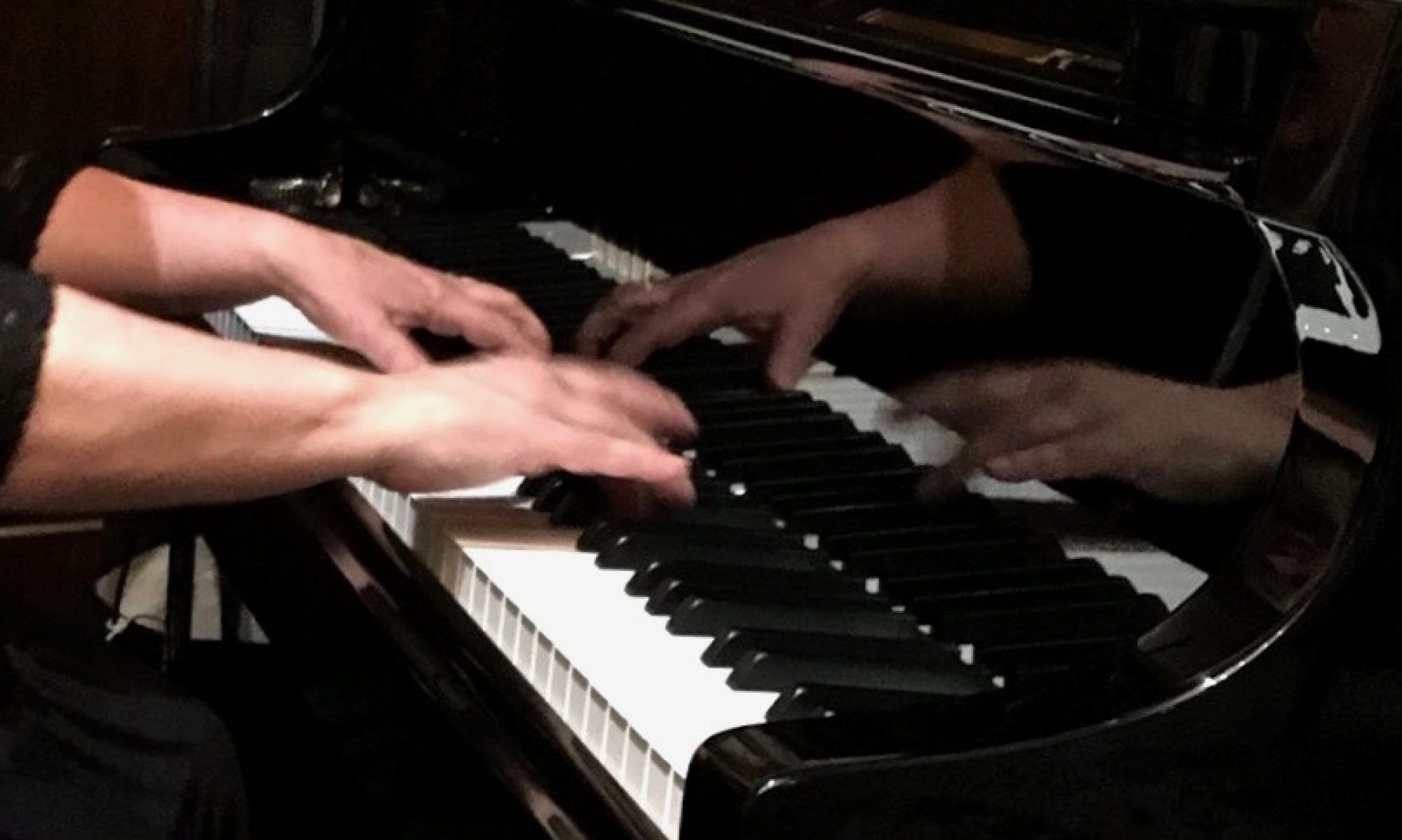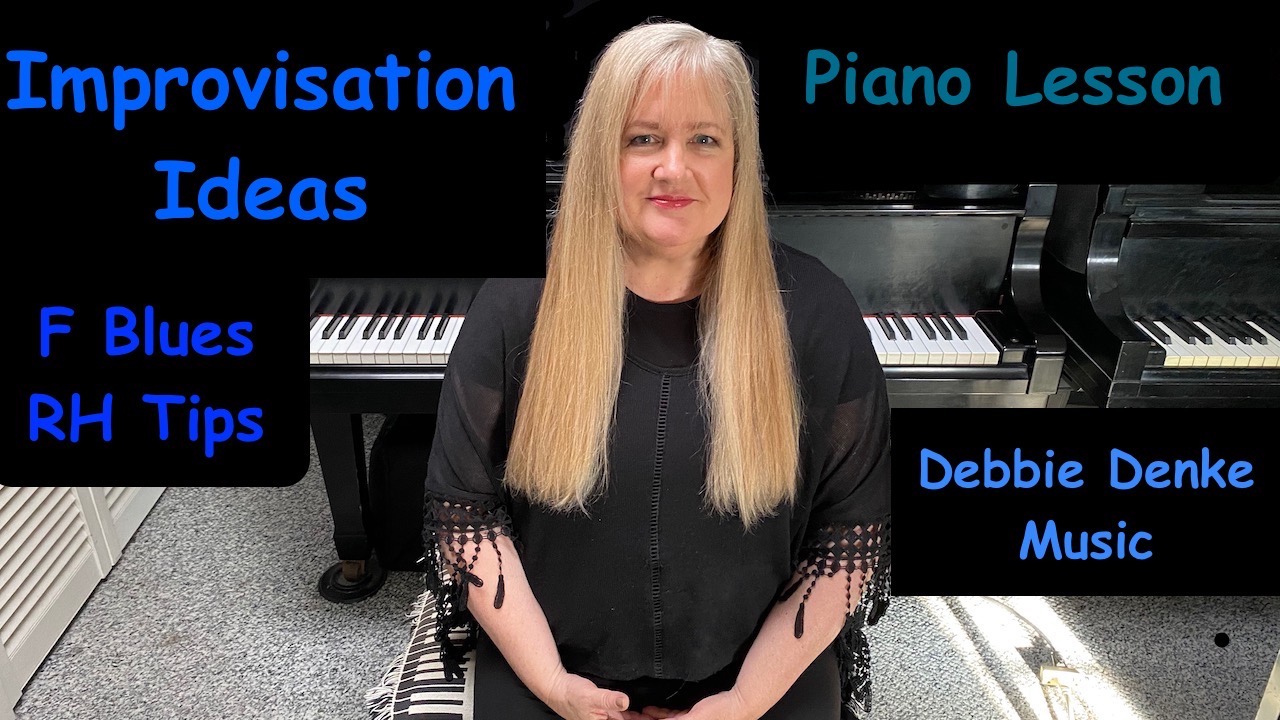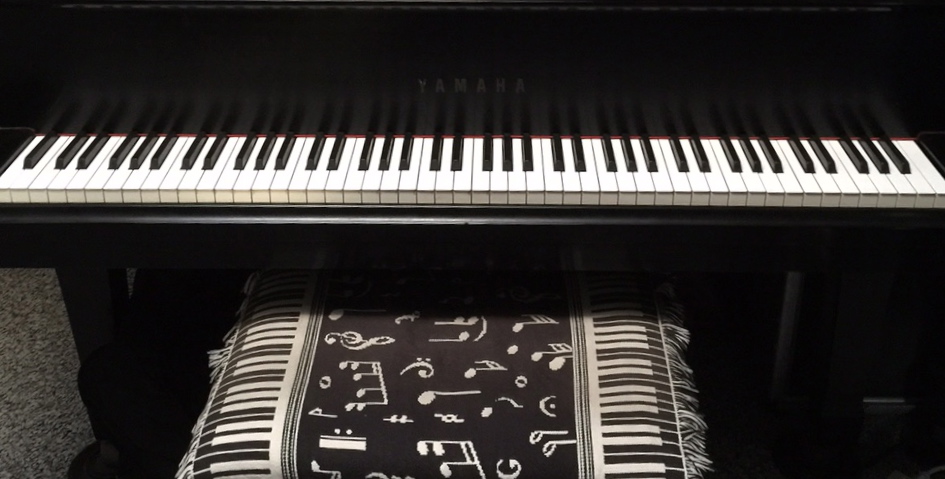By popular request I filmed this tutorial exploring my easy go-to ideas a pianist may play over a medium-up tempo jazz blues in the key of F:
The original tutorial shown below was meant to be simply a lesson on a LH device called The Bud Powell Shell. Many of you then asked if I could share what RH “licks” I was using on my video, Improvising 28 Bars of Blues. Continue reading “Notes To Choose For a 12 Bar Blues (Easy RH Improvisation Tips)”










